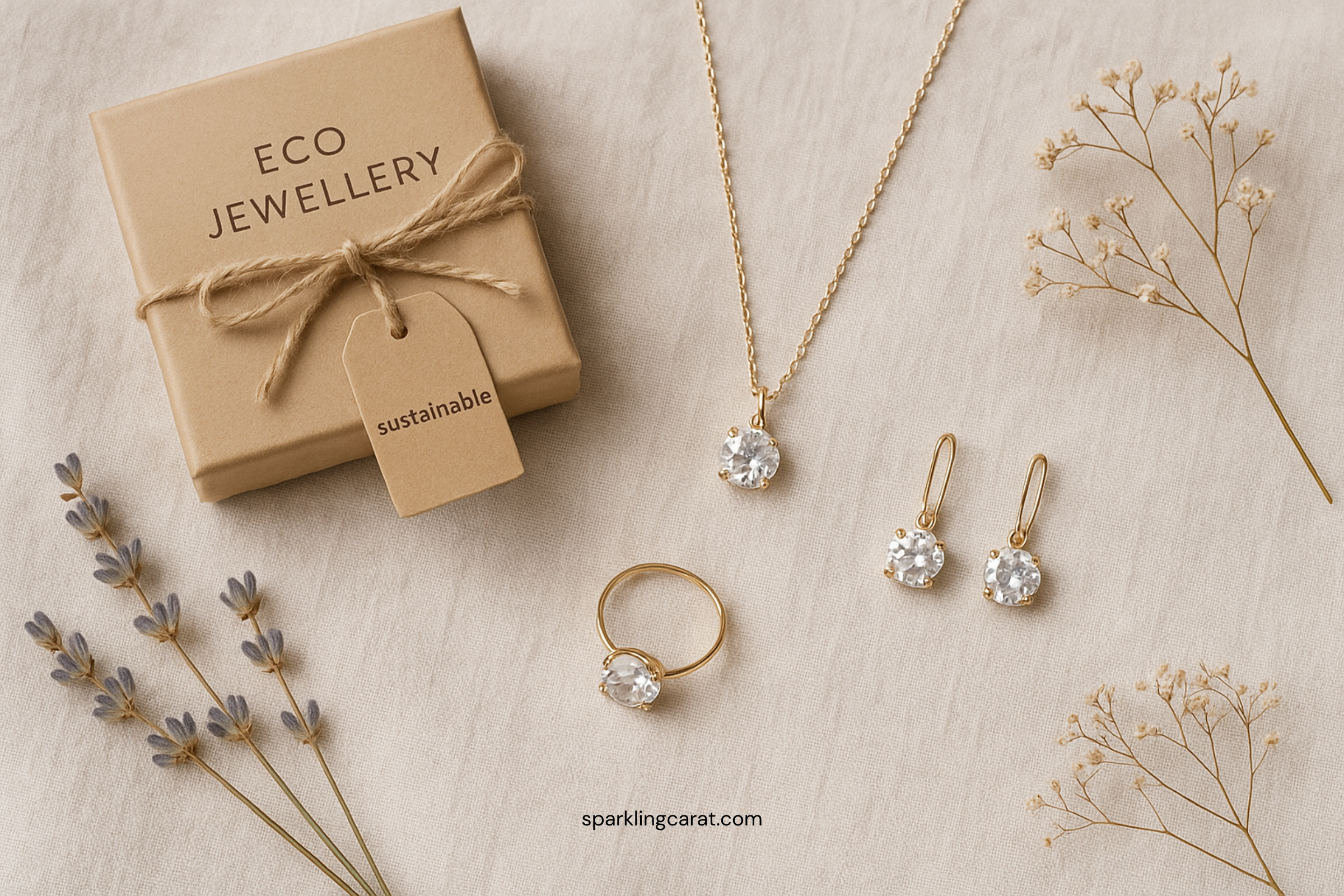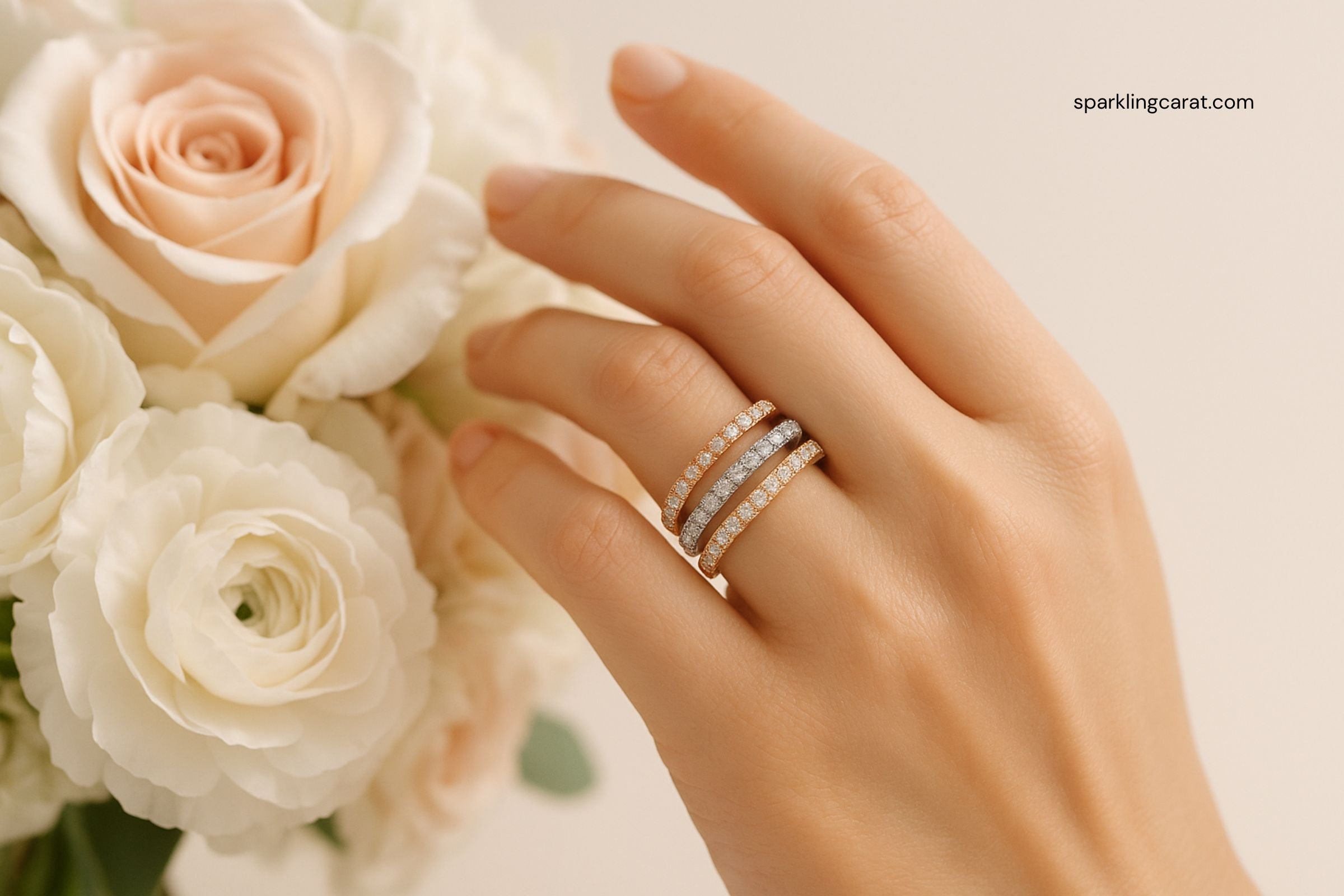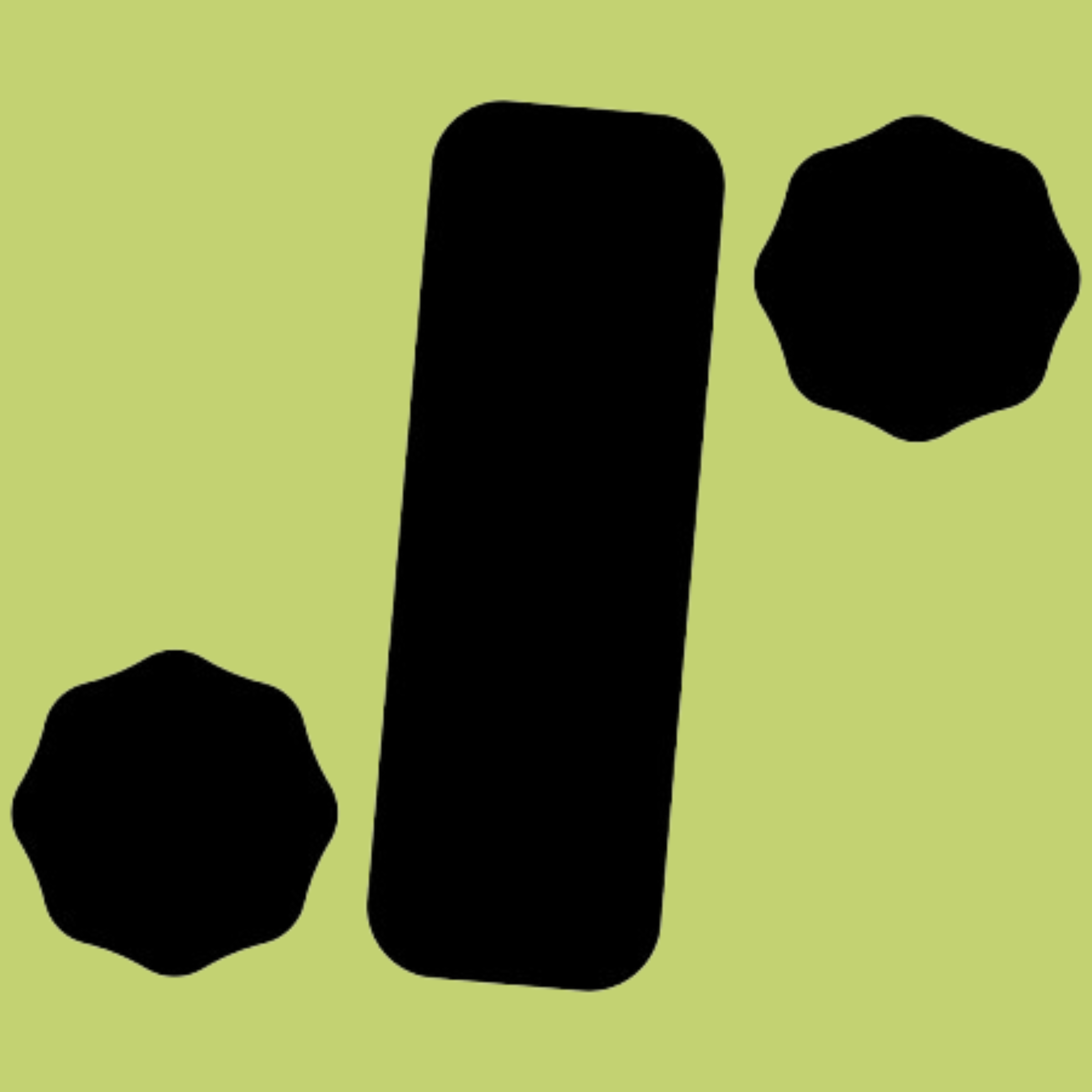How to Read a Diamond Certificate (With Examples)
When purchasing a diamond, especially for an engagement ring or fine jewelry, one of the most important documents to understand is the diamond certificate, also known as a grading report. These reports are issued by independent gemological laboratories such as GIA (Gemological Institute of America), IGI (International Gemological Institute), and AGS (American Gem Society), and serve as a detailed, scientific analysis of your diamond’s characteristics.
In this guide, we’ll walk you through how to read a diamond certificate, what key elements to look for, and what they mean for your diamond's quality and value, complete with real examples.
Related Post: Guide to Diamond Certifications: GIA vs IGI
What Is a Diamond Certificate?
A diamond certificate is an independent, third-party evaluation that authenticates the quality and characteristics of a diamond. It typically includes assessments on the 4Cs:
-
Cut
-
Color
-
Clarity
-
Carat weight
…and sometimes even more specific features such as fluorescence, symmetry, and polish.
Major Diamond Grading Labs You Should Know
-
GIA (Gemological Institute of America)
-
Most trusted and stringent grading standards.
-
Does not assign a monetary value.
-
-
IGI (International Gemological Institute)
-
Common in lab-grown diamond evaluations.
-
Slightly looser grading but still respected.
-
-
AGS (American Gem Society)
-
Focus on scientific cut grading.
-
Uses a 0–10 scale instead of GIA's letter or number grades.
-
Key Components on a Diamond Certificate (With Explanation)
1. Report Number
A unique number assigned to the diamond report, often laser-inscribed on the diamond's girdle for identification.
2. Shape and Cutting Style
Describes the outline and facet arrangement (e.g., Round Brilliant, Oval, Princess).
Related Read: How to Choose the Perfect Diamond Shape
3. Measurements
Lists the diamond’s dimensions (length × width × depth), important for evaluating symmetry and proportions.
4. Carat Weight
Actual weight of the diamond. One carat = 0.2 grams.
5. Colour Grade
Rates how colourless the diamond is, from D (colourless) to Z (light yellow or brown).
Suggested Read: Diamond Colour Grades Explained (With Visual Chart)
6. Clarity Grade
Evaluates the presence of internal or external imperfections. Common grades: IF (Internally Flawless), VS1, SI2, etc.
7. Cut Grade (for round diamonds)
Ranges from Excellent to Poor. This grade affects how brilliantly the diamond sparkles.
Learn Why: Why Cut Is King: The Most Important of the 4Cs
8. Polish & Symmetry
Refers to the precision of the diamond’s surface finish and facet alignment. Both can be graded Excellent to Poor.
9. Fluorescence
Indicates whether the diamond glows under UV light. Rated from None to Very Strong.
10. Comments & Additional Grading
May include notes about inclusions, laser inscriptions, or any treatments applied.
Tips for Analysing a Certificate
-
Don’t rely solely on the carat weight—cut, colour, and clarity matter just as much, if not more.
-
Compare the report with the actual diamond; see if it reflects the brilliance and value described.
-
Always cross-check the report number on GIA or IGI's online database for authenticity.
Why Diamond Certificates Matter
A certificate:
-
Protects your investment
-
Ensures transparency in what you're buying
-
Makes resale or insurance easier
Also Read: How to Insure Your Engagement Ring: What You Need to Know
Conclusion
Understanding how to read a diamond certificate empowers you as a buyer. Whether you're purchasing a natural or lab-grown diamond, knowing the significance of each line item ensures you get the quality you’re paying for. At Sparkling Carat, we provide only certified diamonds and are always happy to help you decode the grading report so you can buy with confidence and clarity.






Leave a comment
This site is protected by hCaptcha and the hCaptcha Privacy Policy and Terms of Service apply.